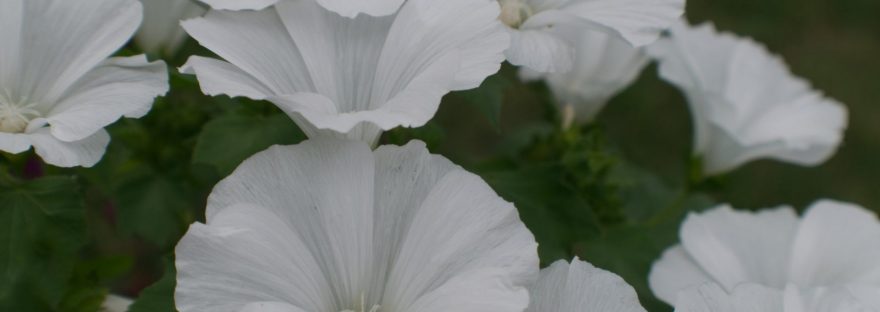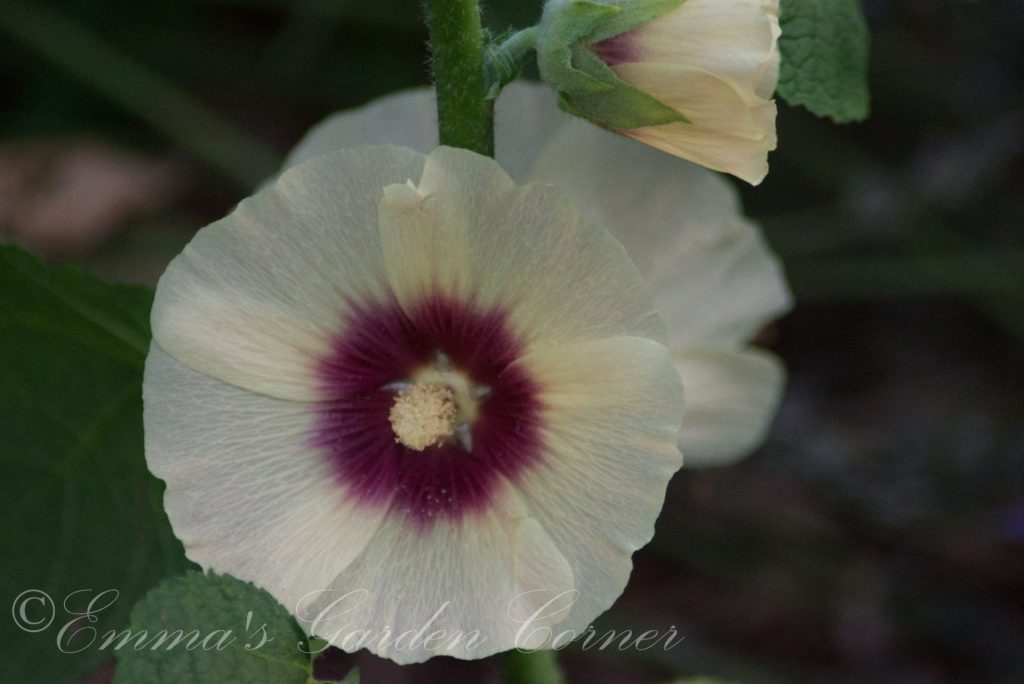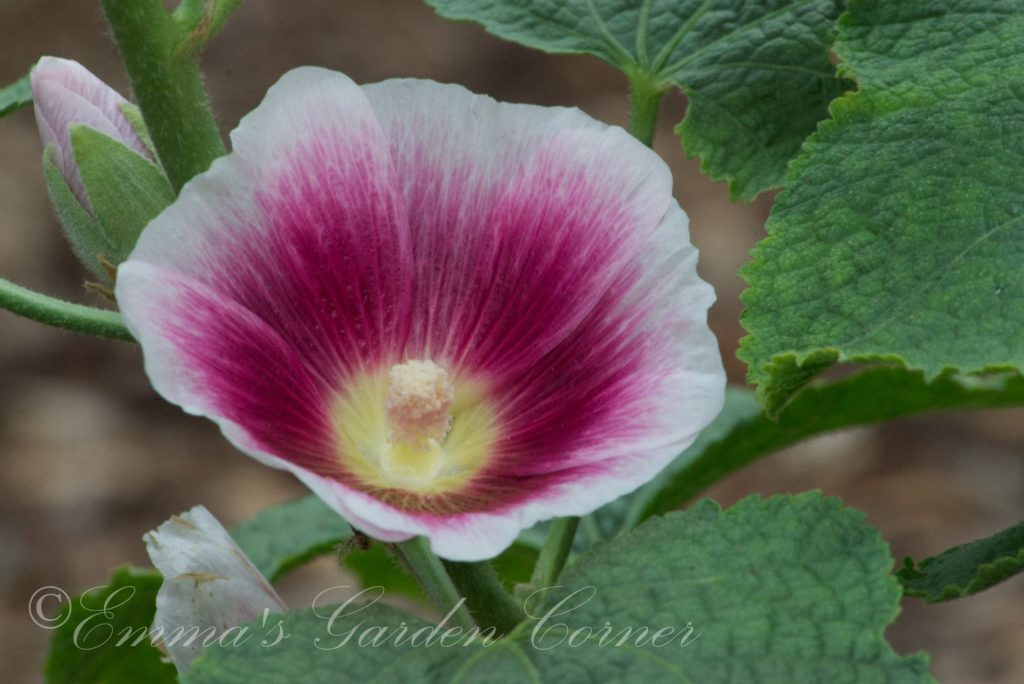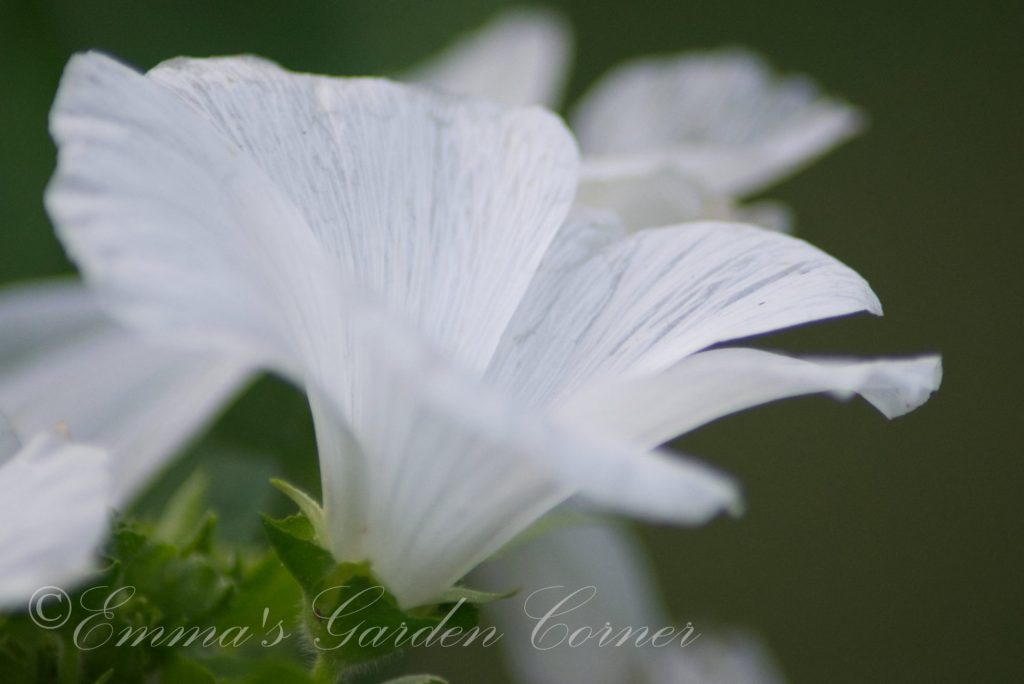The master of the garden is the one who waters it, trims the branches, plants the seeds, and pulls the weeds. If you merely stroll through the garden, you are but an acolyte.
Vera Nazarian, Author, The Perpetual Calendar of Inspiration
During the winter season, I look upon my bare garden plot; some of the perennials in their dormant stage, other annual plants gone for good, leaving a naked space needing a filler for the next season, and I become overwhelmed.
My packets of seeds lie spread on my table, in categorized piles of “definite” plantings to “maybe,” then a seed to garden pile and seed to seedling starter pile. I mark Post-it® notes with the date of when to plant and place them on the piles that correspond to those dates.
I also group the seed packets into plants for the backyard, and plants for the front yard, and determine approximately where they need to go.
It all sounds organized, but it really is not. I keep a list of all the plants I planted in my pots the previous year so I know what and how much to purchase in the spring. But that is about as far as my list goes.

Pineapple sage 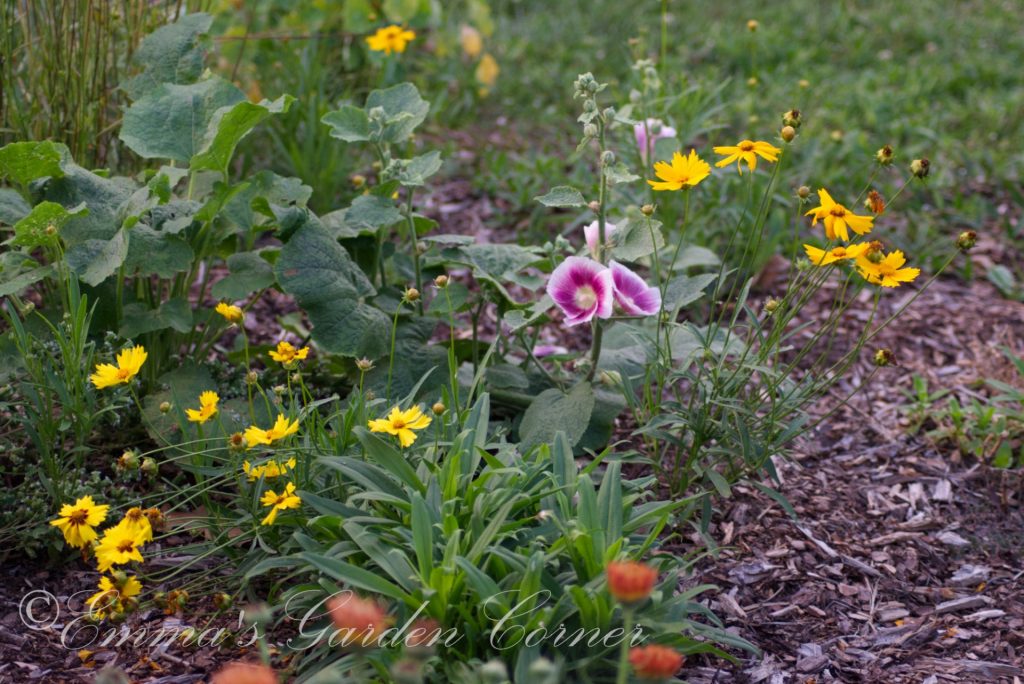
Hollyhocks, coreopsis, and calendula
Gardening is work
Whether planting in our yards or our containers, gardening is a lot of work and can be a daunting process. Planning is necessary to avoid waste in cost and plants, and also to know when items need to be planted. This is important because planting deadlines coordinate with the final spring frost date. For example, this year, I dropped the ball on some of my seeds that necessitated seed to seedling planting, and I missed the deadline by a few weeks. I had to put them aside for next year.
Planning is also important when we design our gardens and containers. For example, in my garden, I like a mixture of perennials, annuals and herbs. But I don’t draw a map for where everything should go. I have it mapped in my head. When I get my seeds or seedlings, I do have to take note of the spread—how far it will spread in the ground and how tall it will grow. But usually I stand back and look at my vast space—in full sun—and think: “that looks like a good spot.” Then I plant and see what happens.
More power to the gardeners who do draw detailed maps.

Agastache Rosie Posie 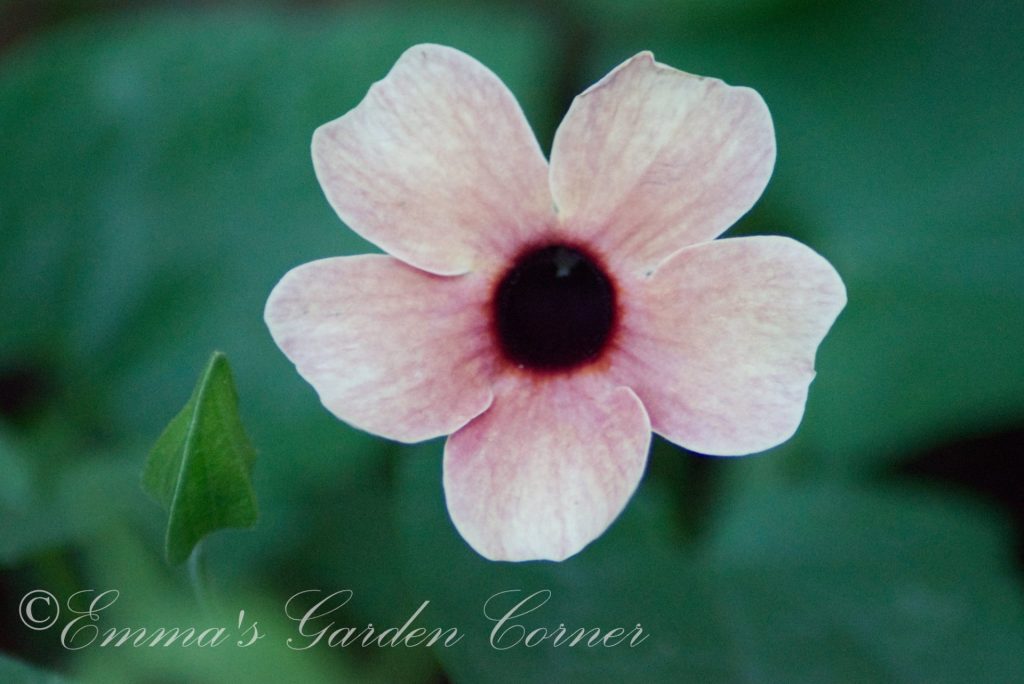
Black-eyed Susan
Caring for a garden—weeding, watering, mulching—all takes time and effort. And then at the end of the season, we clean up the yard to ready it for the next year. And with some plants, we cut back early—such as with daffodils—to get them ready for next year. Garden maintenance is a continual process.
Why we garden
People who do not garden simply do not understand why we go through the trouble—the waiting game, the heartache, the weeding, the preparations, the cleanup—to grow and maintain our garden space.
But those of us who do garden, and do take the time to beautify our yards and porches, know we garden simply because we love beauty. Gardening delights us. It heals our hearts. It helps us emotionally.

Daffodil 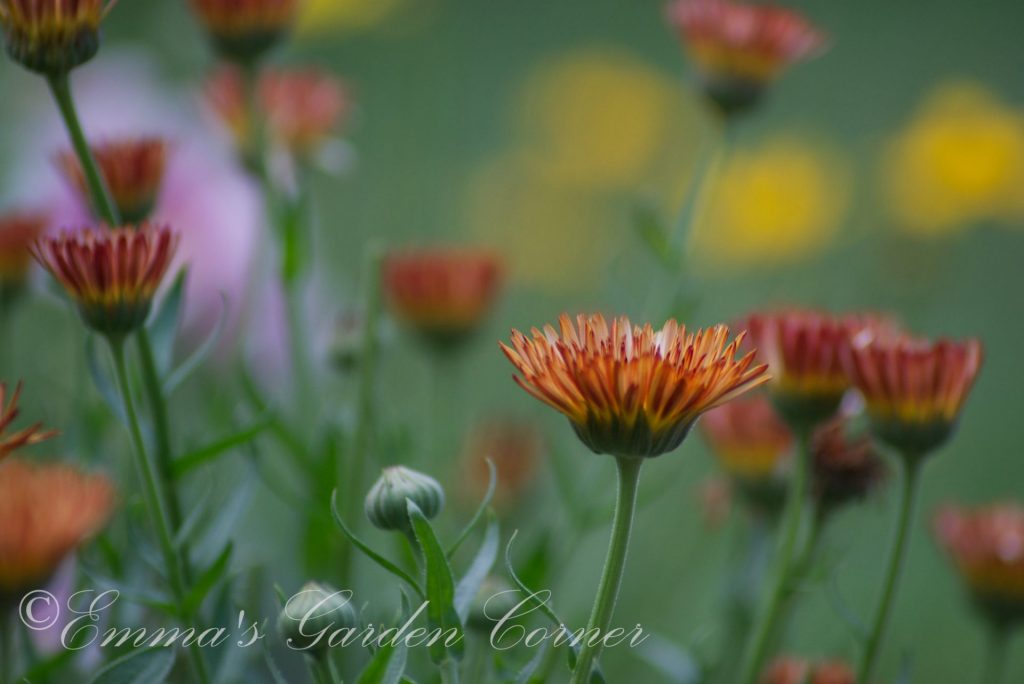
Calendula
And so, year after year, we continue the process. We plant seeds, we weed, we rake, we clean. We learn and we grow, along with our gardens.
We do it because growing is a need, a longing. We garden because we have to. We love the work because we envision what will be. And we have to respond to our yearnings for a beautiful earth.
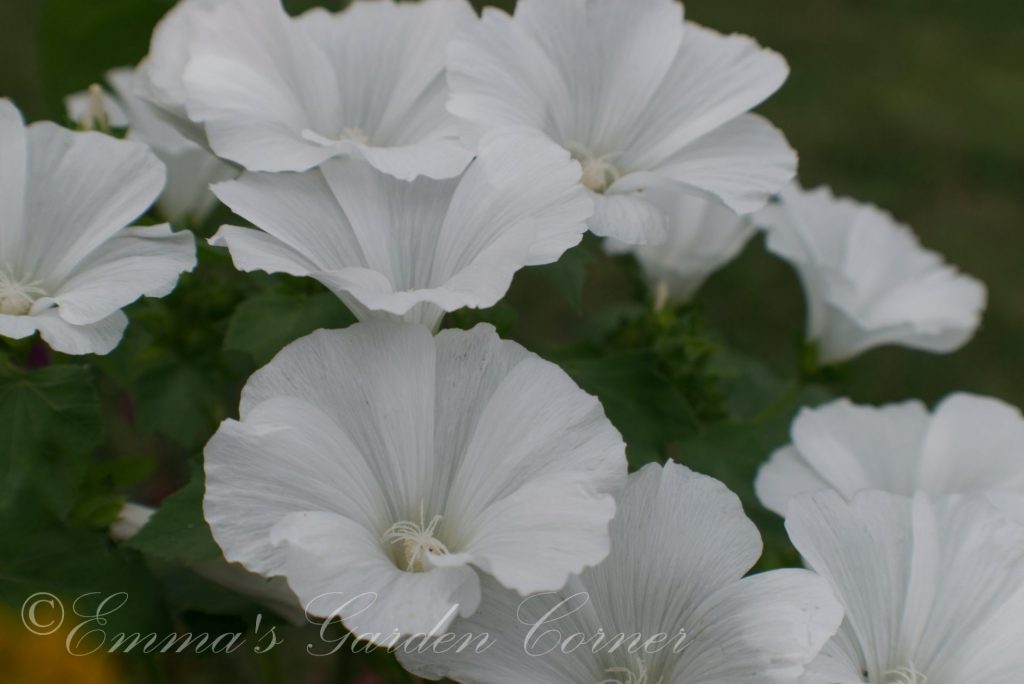
Sign up for the EGC newsletter and receive a FREE download of a Budget Plan for Container Gardening. Sign up on the Homepage or Blog page!!

